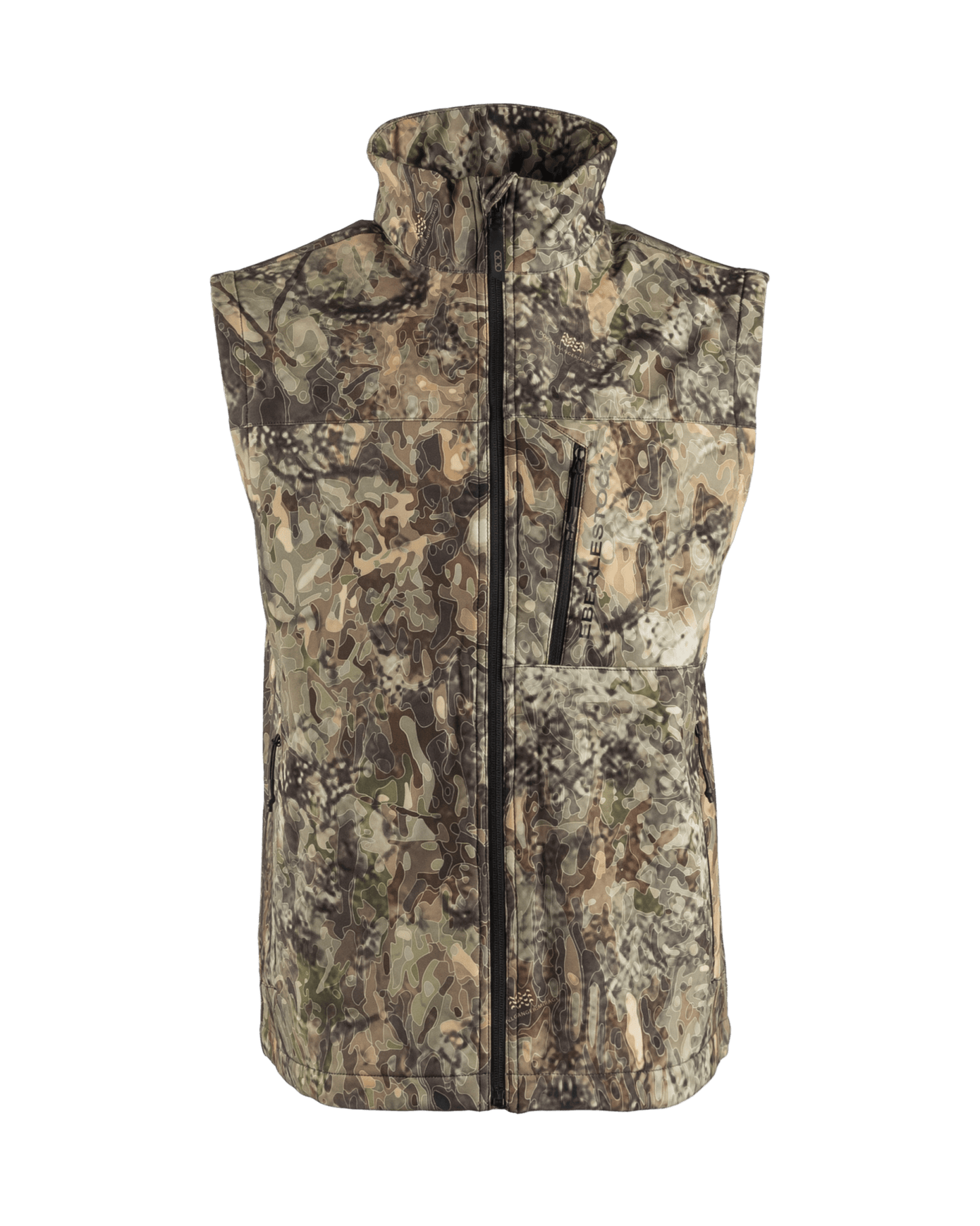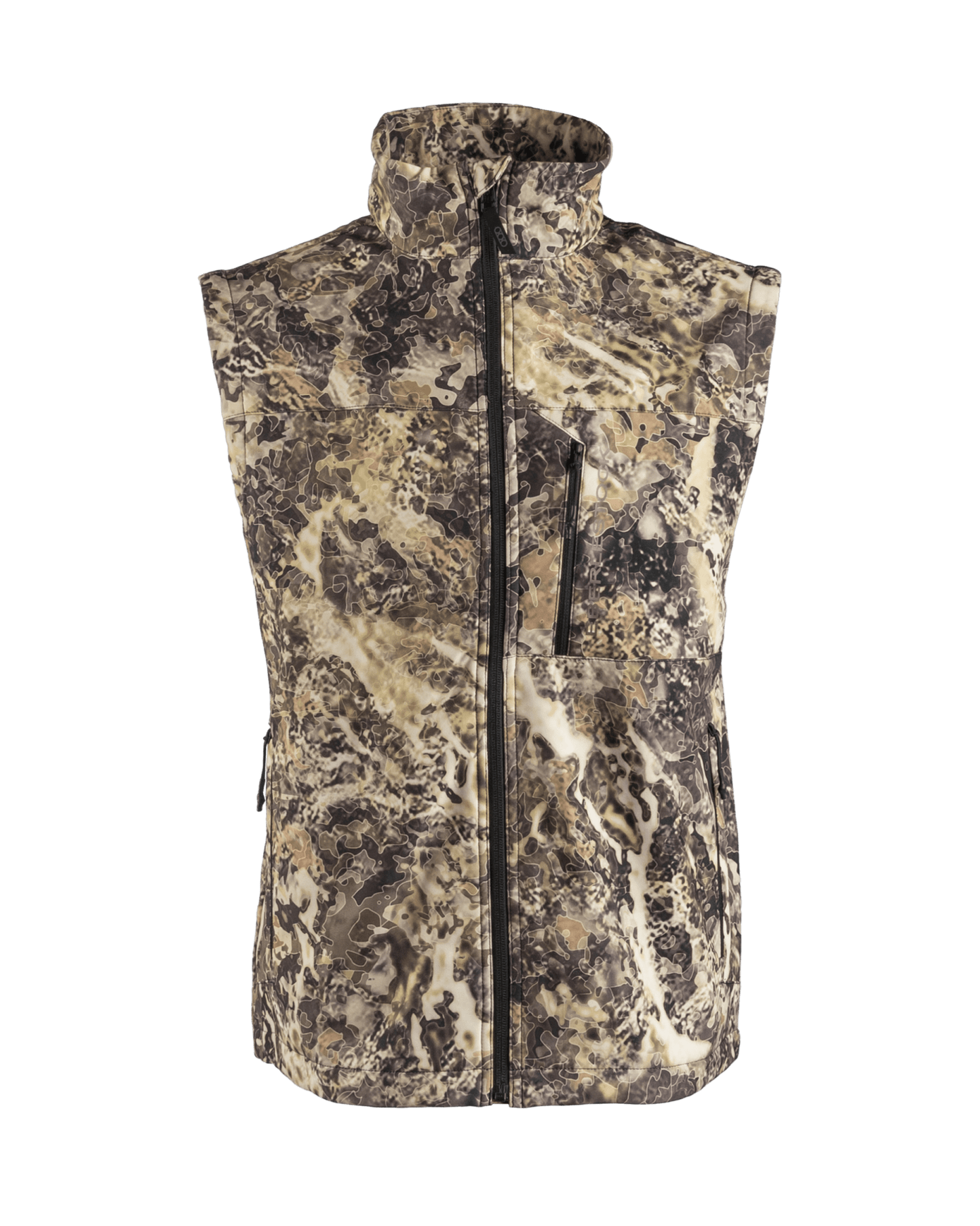Battle Creek Vest - OUTLET
Battle Creek Vest - OUTLET
Battle Creek Vest - OUTLET
Battle Creek Vest - OUTLET
Out of stock
Backed by the Eberlestock Lifetime Warranty
Description
Description
When an insulation layer is too much but your baselayer isn't enough, the Battle Creek Vest™ is the perfectly simple and efficient piece to keep you comfortable and mobile. With a low-pile fleece for light insulation, the Battle Creek is perfect for early season, cool conditions in the mornings and evenings. An athletic, fitted cut and 4-way stretch fabric moves with you with minimal bulk or resistance.
Size Chart
Size Chart
MEN'S TOPS
| SIZE | S | M | L | XL | XXL | XXXL |
| Sleeve | 33-34 | 34-35 | 35-36 | 36-37 | 37-38 | 37-38 |
| Chest | 35-38 | 39-41 | 42-45 | 46-48 | 48-50 | 50-52 |
MEN'S BOTTOMS
| SIZE | S | M | L | XL | XXL | XXXL |
| Waist | 28-30 | 31-33 | 34-36 | 37-40 | 41-44 | 45-48 |
| Hip | 36-38 | 38-40 | 42-44 | 46-48 | 48-50 | 52-54 |
| Inseam | 28-30 | 29-32 | 32-34 | 32-34 | 32-34 | 32-34 |
| Long Inseam | -- | 33-35 | 34-36 | 34-36 | 34-36 | 34-36 |
*All sizing is based on your body measurements. Actual garment measurements vary according to style and fit type, for garment's intended fit and use.
Fit Guide
Fit Guide
Fit Type
Fit Type
Trim Fit
Close-cut apparel that moves with the wearer.
Regular Fit
An athletic but loose fit for comfort in both technical and casual apparel.
Loose Fit
Over-layer garments, or loose-fit items designed for the wearer to move within.
How to Measure
How to Measure
Sleeve:
With elbow at 90 degrees, measure from the center of the back of your neck, over your shoulder, around your elbow to the middle of the back of your hand.
Chest:
With arms in a relaxed position at sides, measure circumference around the fullet part of your chest.
Waist:
Measure circumference around the narrowest part of your waist.
Hip:
Measure circumference atound the fullest point of your hip / seat.
Inseam:
Measure from your crotch to the point of your ankle bone.
SKU: SKU:BCES































 Copy link to share
Copy link to share